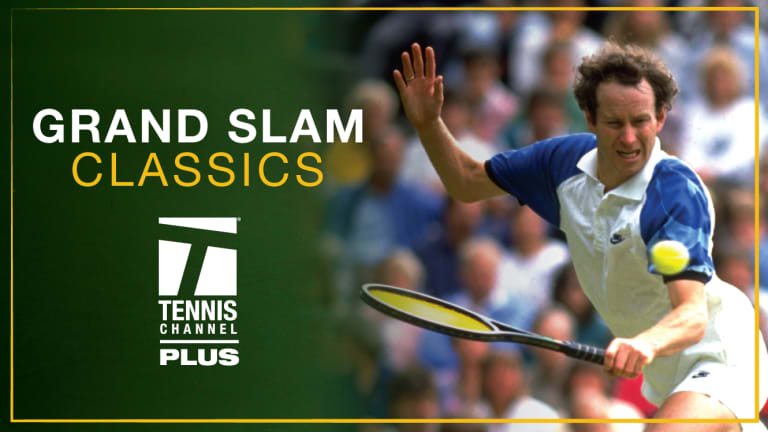The two men who’ve won it the past two years, Stan Wawrinka and Novak Djokovic, have pulled the curtain on their 2017 campaigns. Marin Cilic, the ’14 champion, has struggled with injuries all summer. Andy Murray, winner in ’12, will arrive in New York not having played a match since Wimbledon. Kei Nishikori, runner-up versus Cilic in 2014, has ended his year. Even he of the sturdy body, Roger Federer, prudently withdrew from Cincinnati last week after looking significantly hindered in the final of Montreal.
This is unprecedented. Certainly one factor is the sport’s increased physicality, from the power and spin that players are able to generate with their strings and racquets to the demands of contemporary, baseline-based tennis.
But there’s also another factor. There was a time when players came to the U.S. Open less drained. Until 2002, Wimbledon was marked by ultra-short rallies. The Australian Open was by far the least significant Slam for decades. And while Roland Garros has always been extremely demanding physically, such top players as Pete Sampras, Stefan Edberg, John McEnroe, Boris Becker and Jimmy Connors likely devoted less mental energy towards it than they did for Wimbledon and the U.S. Open. To be clear: That doesn’t mean these guys didn’t compete hard on the dirt. It just means that they likely pointed themselves even more towards generating big-time results in London and New York.
These days, though, everyone is all in when it comes to the Australian Open and Roland Garros. Wimbledon, slower starting in 2002, is far more physically demanding. No matter how fit these players are, by the time they reach the North American hard-court season their bodies have accumulated a lot of miles—far more than in prior years.
The U.S. Open has long been the innovator of the Slams—first with the tiebreaker, first with night play, first with Hawk-Eye. Here’s a suggestion: Make the first 3-4 rounds of the U.S. Open two-out-of-three sets.
This idea also has precedent. The first three rounds of the U.S. Open went this way in 1975 and ’76—the first two of three years the tournament was contested on clay. The first four rounds were two-out-of-three in 1977. And then, the next year, the first at the USTA National Tennis Center, the first three rounds were best of three. For sure, amid a host of retirements in recent years and the many pre-event withdrawals, the U.S. Open is pondering ways to keep its field as deep as possible.
